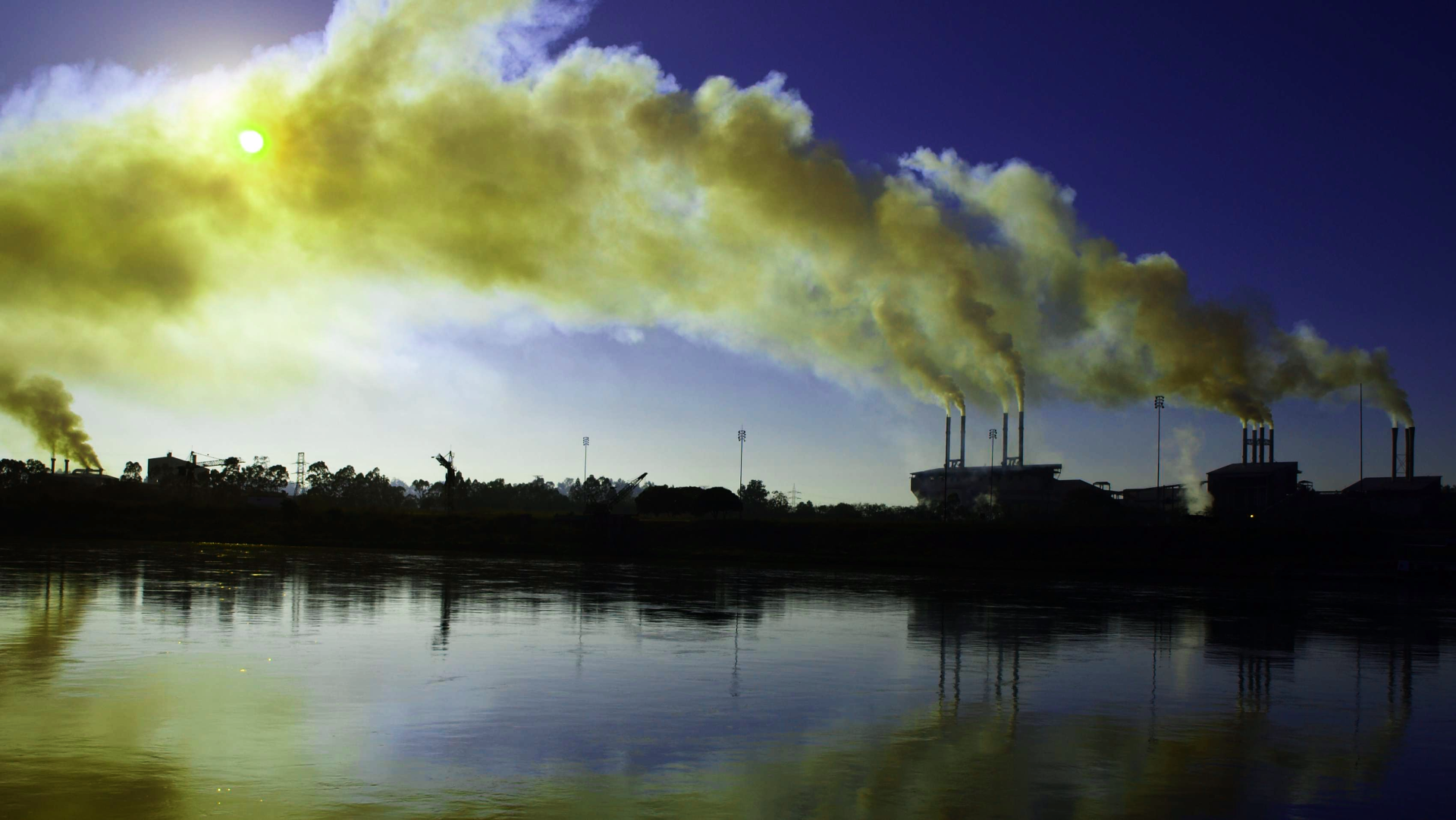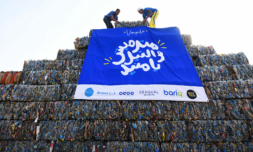17-year-old Jacqueline Prawira is one of 100 student winners from Schmidt Futures’ young change maker awards. Using natural components derived from fish scales, she developed a bio-solution capable of ridding waterways of heavy metal contamination.
All of a sudden, I’m feeling pretty self-conscious about my teenage years.
17-year-old student Jacqueline Prawira is about to become a freshman at the Massachusetts Institute of Technology (MIT), and already she is beginning to pave a career as an important change maker.
Since the seventh grade, she has had a burning desire to help reverse humanity’s damage on the planet. Initially focused on creating a bio-based alternative to plastic, she developed an impressive alternative utilising upscaled fish waste.
She has since discovered, however, that the principles of her work may have a bigger impact elsewhere. The scales of fish contain both collagen and calcium salts which have been found to be ideal for bonding with toxic metals like arsenic, copper, nickel, lead, and mercury.
These properties effectively make her solution a sponge for absorbing contaminants within polluted waterways, so they can be removed. It’s a rare (and unconventional, granted) method of dealing with a stubborn ecological menace.
If you’re wondering how high levels of metal end up in aquatic habitats in the first place, it’s a combination of natural phenomena and human industry. The weathering of rocks and soils, as well as residue from volcanic events all play a big part, but we must take the lion’s share of the blame for the truly bad stuff… again.




















